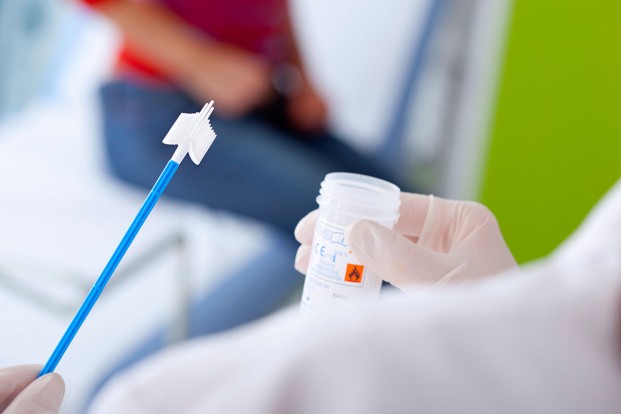What is the procedure for Pap Smear?
Apr 19, 2022
A Pap smear (Papanicolaou smear – also known as the Pap test) is a screening test for cervical cancer. The test itself involves the collection of a sample of cells from a woman’s cervix (the end of the uterus that extends into the vagina) during a routine pelvic exam. A Pap smear is a safe way to screen for cervical cancer. However, a Pap smear isn’t foolproof. It’s possible to receive false-negative results — meaning that the test indicates no abnormality, even though you do have abnormal cells.

CT5NJ8
What is a Pap smear needed for?
A Pap smear is used to screen for cervical cancer. The Pap smear is usually done in conjunction with a pelvic exam. In women older than age 30, the Pap test may be combined with a test for human papillomavirus (HPV) — a common sexually transmitted infection that can cause cervical cancer in some women, doctors recommend beginning Pap testing at age 21.
When should women get a Pap Smear Test done?
Women age 30 and older can consider Pap testing every 5 years if the procedure is combined with testing for HPV.
What do the test results of a Pap Smear test indicate?
A false-negative result doesn’t mean that a mistake was made. Factors that can cause a false-negative result include:
- An inadequate collection of cells
- A small number of abnormal cells
- Blood or inflammatory cells obscuring the abnormal cells
Normal means that there were no changes evident on the cell sample, in which case the woman should simply return for a Pap smear test in two years to test for further changes.
It is quite common for results to come back without a clear conclusion, which may be described as equivocal, inconclusive or ASC-US. This means that there are some changes, which could be due to HPV but may also be a result of life circumstances such as pregnancy, menopause or an infection in the area. If results are unclear, further tests to determine the HPV status may be required.
What does abnormal mean in a Pap Smear Test result?
An abnormal result indicates that there were some changes evident in the cell sample. These changes are likely to be caused by HPV of varying severity.
Abnormal does not mean that the individual has cancer but, rather, intervention is usually needed to prevent cancer from occurring in the area.








